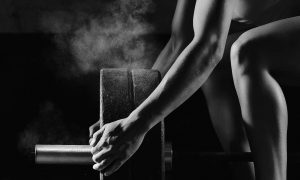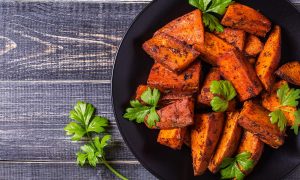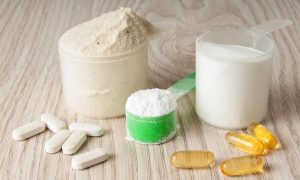How To Structure Your Workouts/Training On An Intermittent Fasting Protocol

|
|
For those of you out there with a vested interest in health and fitness, you’ll already no doubt be aware of the fact that diet and nutrition both play integral parts in enabling you to reach your goals and objectives, whatever they may be. For example, for anybody trying to bulk up and increase their muscle mass, a great emphasis should be placed on a larger than usual calorie consumption, along with increased meal frequency. On the flipside, an individual looking to shed body fat and tone up, should ensure that they’re in a slight calorie deficit, as otherwise, the body fat will not be going anywhere fast. When it comes to training and working out, it isn’t just the foods and supplements that you consume, that are considered so important, but also, the times in which you consume them. For example, many supplements work much more effective when used at different times of the day. Studies have found that certain amino acids for example, work better in the evening right before bed. Meal frequency is vital when it comes to training, which is why structuring your workouts when following an intermittent fasting protocol, is considered so difficult and complex. In this article we’ll be taking a look at intermittent fasting, and how you may wish to structure your workouts around your diet. So, without any further hesitation, let’s begin by looking at what intermittent fasting is.
What is intermittent fasting?

Put very simply, intermittent fasting is a form of dieting in which you go through prolonged spells of fasting for several hours per day, and only consume whole foods during certain windows in each day. Although there are many different types of intermittent fasting diet plan out there, the most common examples require individuals to fast for around 16 – 18 hours per day, and to only eat at certain times during each day. The main objective behind intermittent fasting is fat loss, although if structured correctly, an efficient training program can also result in impressive lean muscle gains, in a relatively short amount of time as well. Some people may fast for religious reasons I.E during Ramadan, in which you fast from 5am through to 7pm. In reality, it doesn’t matter which intermittent fasting plan you follow, as, with the right guidance and knowhow, you can still easily burn fat and build lean muscle whilst intermittent fasting. With that being said, here are three helpful tips to help you along.
Train late at night
If you’re one of those people that would prefer to exercise early in the day, getting your training out of the way for the remainder of the day, then sadly, you may have to rethink things if you’re intermittent fasting. If for example, you fast during the day, I.E 5am – 7pm, then you would be much better off if you decide to work out late in the evening, after you’ve eaten. If you’ve ever tried exercising on a completely empty stomach, in which you are literally starving, your workouts will suffer as your energy levels will be near zero, and your strength and motivation levels won’t be that much higher either. For this reason, make sure that you have eaten relatively close to your workout, otherwise you won’t benefit and your training will suffer. If you can only eat after 7pm, get your food in as close to 7 as possible, let it settle and process, and head to the gym around 45 – 60 minutes later. As well as this, you will also need to ensure that, following your workout, that you immediately take in proteins and carbohydrates, as they will help kick start your post-workout recovery process. This is ideal because you can eat after you train, take any supplements you may require before bed, and then go to bed full of the nutrients your body requires, and you can then repeat the process all over again the very next day.
Try to eat right before your fast is due to begin

Say that your fasting window is from 7am – 8pm, you should set your alarm for around 6.30 or so, and make sure that you get some food inside your body right before your fast is due to begin. Ideally you’ll want slow digesting foods such as protein sources and complex carbohydrates, as they stay in the body for longer, and will help to fuel your metabolism as you fast, enabling you to burn more calories as a result. If your fast begins early, I.E 5am, the same principle applies, although you may want to go back to bed for an hour or two, before waking up to tackle the day ahead. Put simply, no matter what time your fast is due to begin, ensure you eat a healthy and balanced meal right before it is due to start.
Get most of your calories in after you train
Although you’ll literally be starving hungry by the time you get to eat again in the evening, resist the urge to stuff yourself with a huge meal for your pre-workout meal, as this is detrimental for several reasons. To begin with, if you eat a huge meal, you’ll feel stuffed, tired, and lethargic, which is obviously not how you should be feeling before you hit the gym. Instead, you want a relatively small meal that can easily be digested and absorbed, so you can fuel your body as soon before your workout as possible. Another reason why you shouldn’t do this is because you will want to be taking in the majority of your calories, after you exercise and work out. This is because your muscles will quickly have used up the nutrients you put into them in your pre-workout meal, and so they’ll need various proteins, amino acids, and other energy sources, to initiate protein synthesis and kick start the post-workout recovery process. Post-workout nutrition is important at the best of times, but when you’re intermittent fasting, it is more important than ever before. Aim for around 60% of your total calories with your post-workout meal, and yes, that should include a post-workout protein shake.














